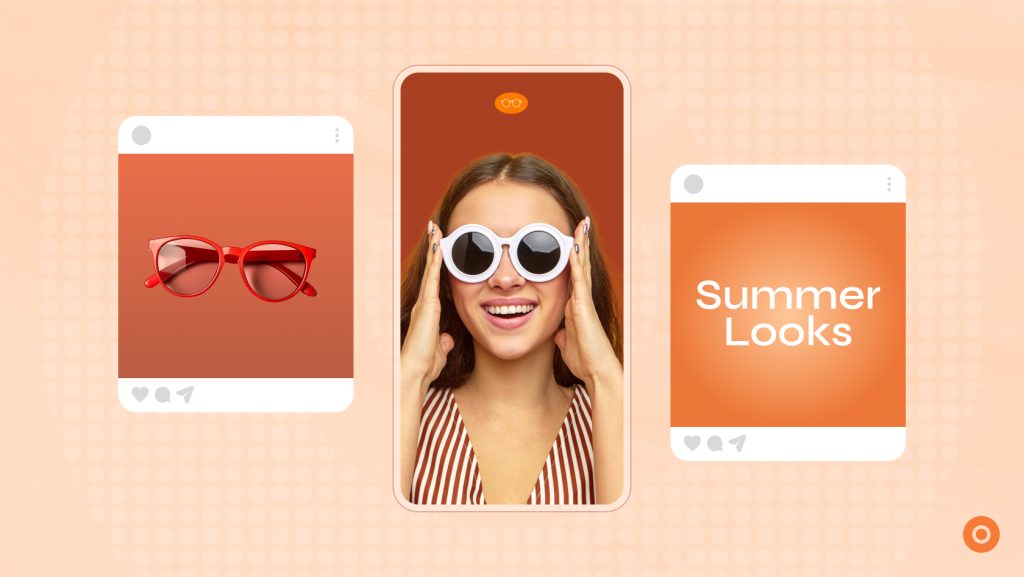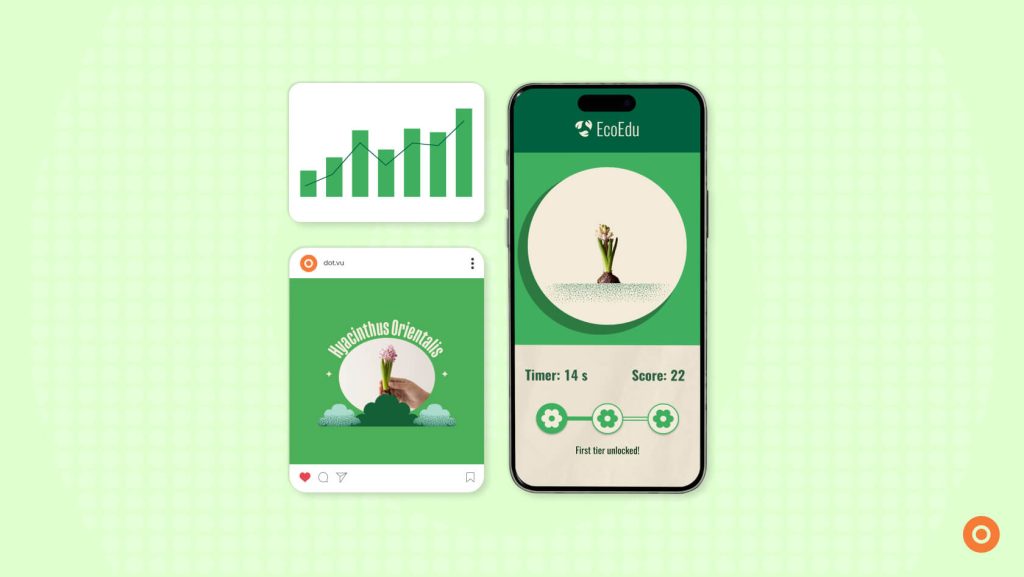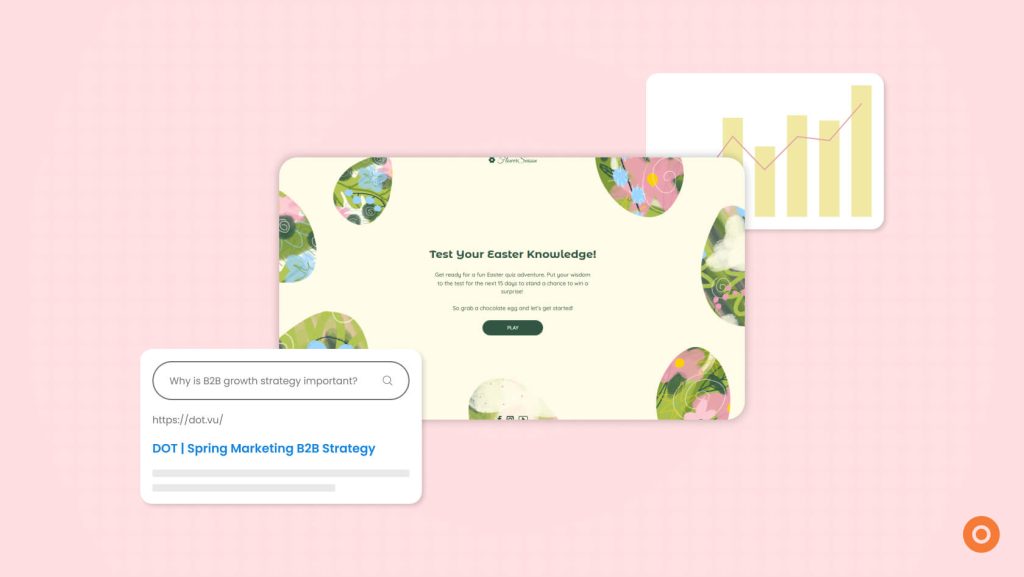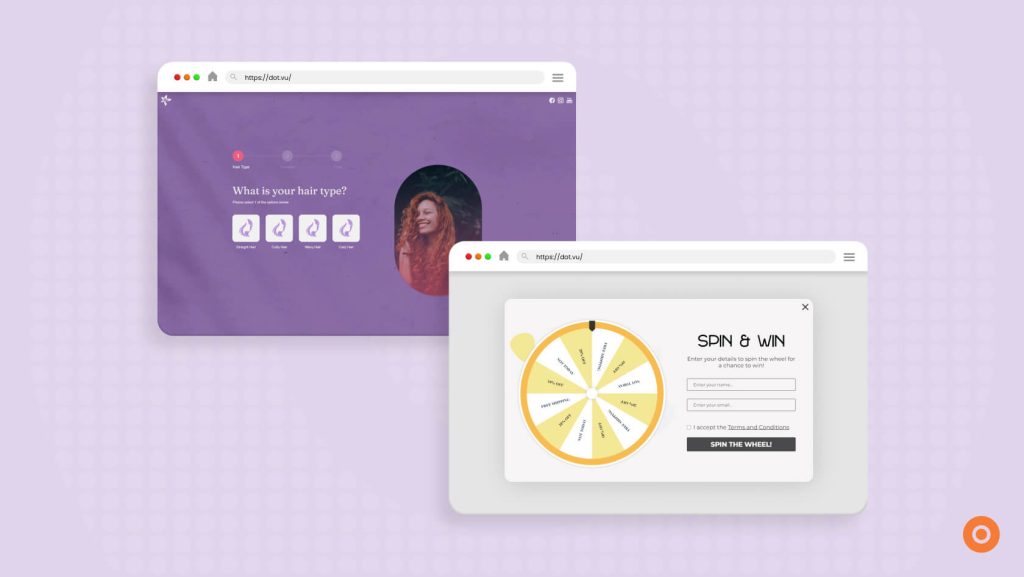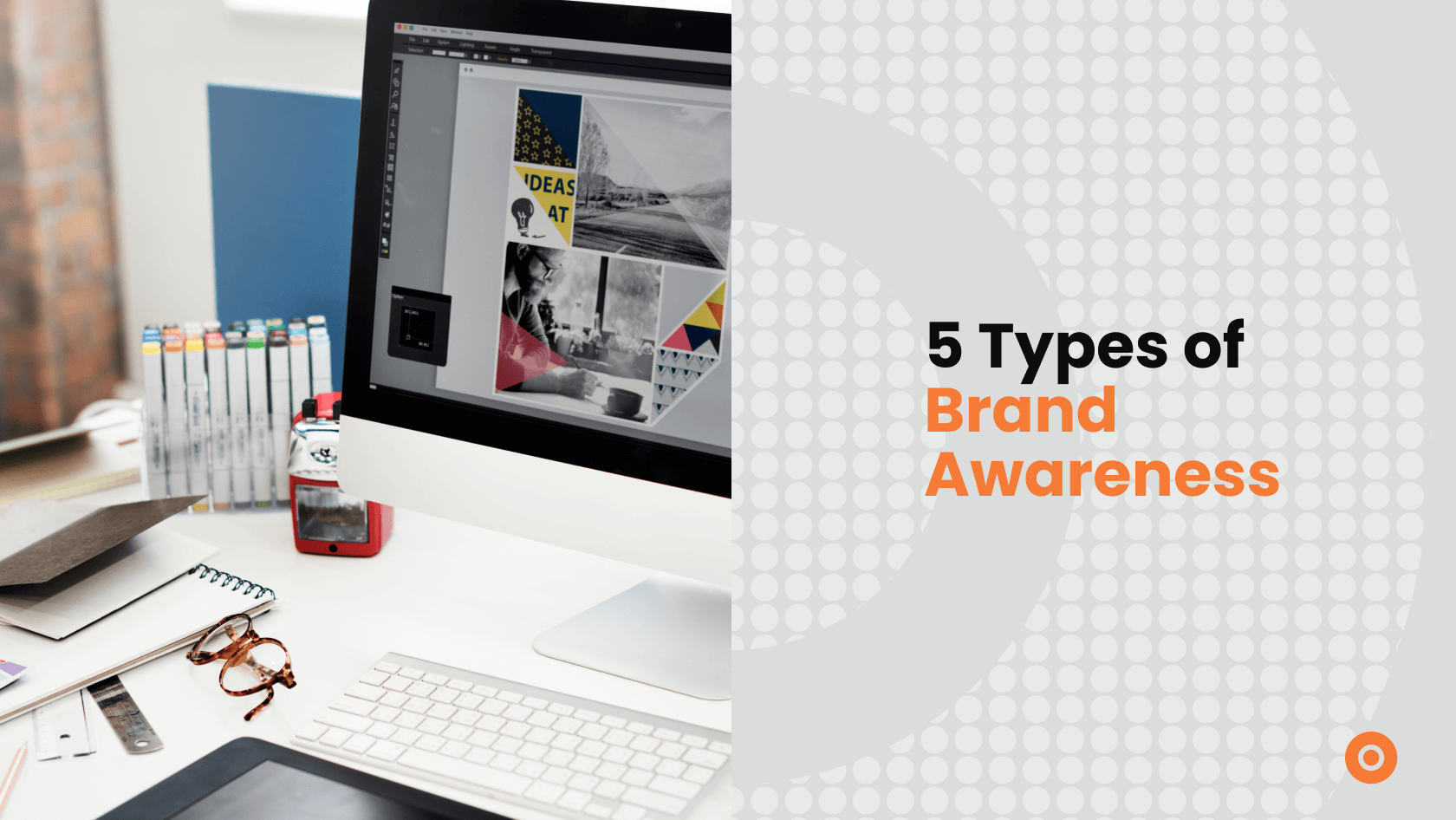
You’ve probably heard marketers talk about “brand awareness” like it’s one big magical metric. Brand awareness comes in layers, each one building on the next to take a stranger from, “Oh, I think I’ve seen that logo before,” to “You have to try this brand, it’s my favourite!”
That’s where brand awareness comes in.
Attention spans are shorter than ever nowadays so building those layers of brand awareness takes more than just ads and hashtags. It takes content that people want to engage with.
In this blog, we’re breaking down the five types of brand awareness and showing you how to grow each one using Interactive Experiences that make people remember, trust, and even advocate for your brand.
Table of content:
- What Is Brand Awareness?
- Quick heads up!
- Why Brand Awareness Matters More Than Ever
- The 5 Types of Brand Awareness (and How to Build Each One)
- How to Build Brand Awareness with Interactive Content
- Why Interactive Content Builds Brand Awareness That Lasts
- Final Thoughts: A Smarter Way to Grow Brand Awareness
What Is Brand Awareness?
Let’s break it down. Brand awareness is the extent to which consumers recognize and remember your brand. It’s what makes someone say, “Oh yeah, I’ve heard of them!” when your name comes up. It’s the emotional, visual, and cultural imprint your brand leaves behind.
And it matters—big time. A whopping 81% of consumers need to trust a brand before they even consider buying. Not to mention, it takes 6–7 impressions just to get noticed. So, the real question isn’t “What is brand awareness?”—it’s “How do I build the kind that actually sticks?”
But here’s the kicker: there’s more than one type of brand awareness. And if you want to build a brand that lasts (and converts), you need to know how to strengthen each one of its layers.
Quick heads up!
We recently put together a page with some of our most useful resources—all in one place. It’s a mix of tools, templates, and content we’ve found ourselves sharing a lot lately, so we figured: why not make it easier for everyone?
If you’re looking for something practical or just want to browse, you can check it out here!
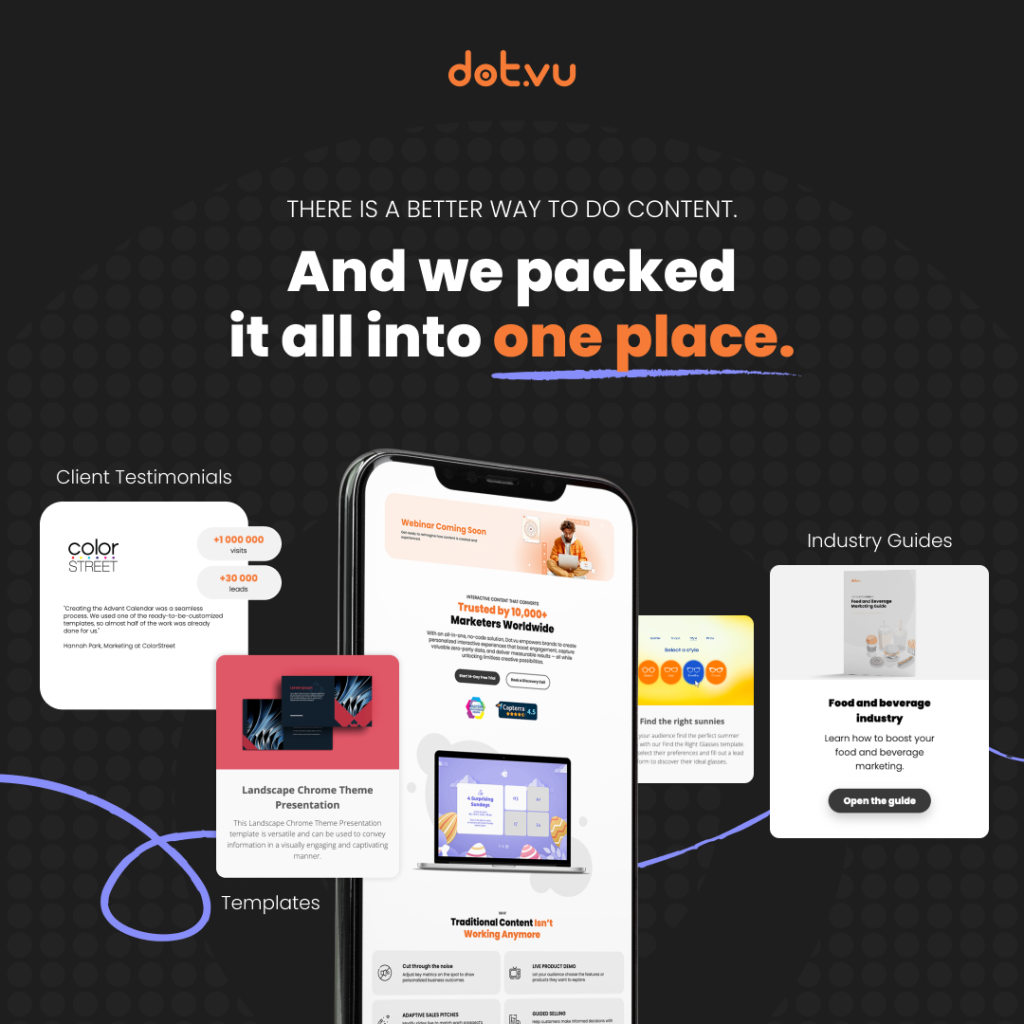
Why Brand Awareness Matters More Than Ever
We’ve all seen the ads, emails, posts, and pop-ups but brand awareness is how you break through the noise. That’s why understanding the types of brand awareness and knowing how to intentionally build each one should be part of every smart brand awareness strategy.
And good news: Interactive Content is one of the most effective ways to do it. Let’s walk through the five major types and how to boost them with experiences your audience wants to engage with.
The 5 Types of Brand Awareness (and How to Build Each One)
1. Brand Recognition
This is the most basic level. Brand recognition means that people can identify your brand just by seeing your logo, tagline, or even a specific colour palette.
Think about it: 75% of people recognize a brand just by the logo. And signature colors boost recognition by 80%, while 85% say color influences their buying decisions.
Like McDonald’s golden arches, there’s no explanation needed because you just know.
You can use Interactive Quizzes or Personality Tests with consistent branding. These kinds of solutions are highly shareable and visually engaging, helping your brand’s look and feel stick in your audience’s mind. Just make sure that your colours, fonts, and voice are consistent across all assets.
Here’s a great example of an Interactive Flipbook with a Personality Quiz you can try!
Learn how to make a personality quiz your audience can’t resist!
2. Brand Recall
Next up is brand recall which is when someone remembers your brand without needing a hint or reminder.
Here’s a fun fact: 50% of people are more likely to buy from brands they can recall, and research shows people need to see your brand at least 7 times before making a decision. Frequency + value = memory.
Like, imagine someone’s hungry and thinking about signing up for a meal delivery service. If a specific company pops into their head right away, no prompting needed, that’s brand recall doing its thing.
Try building interactive educational content like Interactive Infographics, Interactive Flipbooks, or Interactive Calculators. The more useful the experience, the more likely your brand will come to mind later.
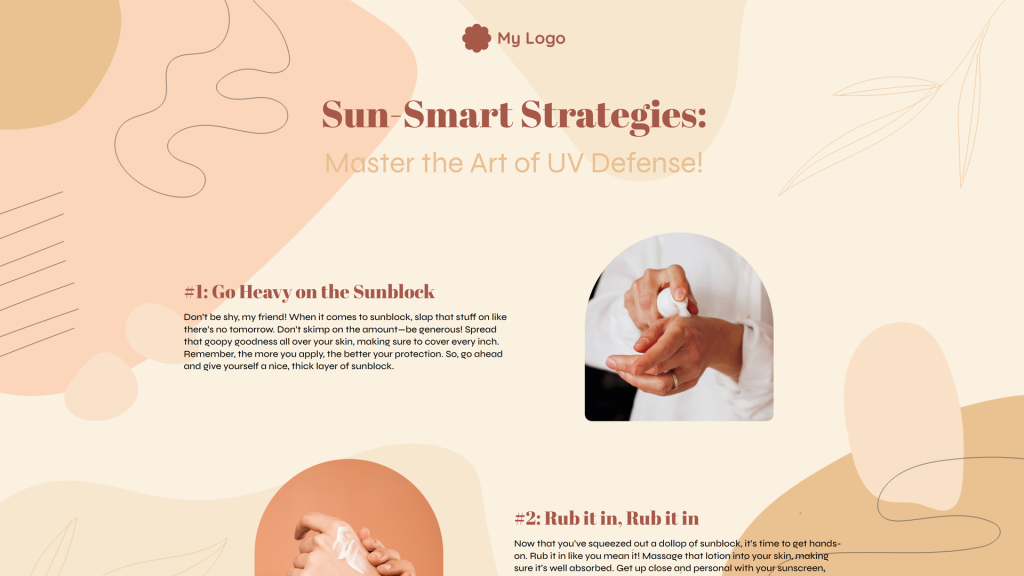
Bonus: use retargeting to reinforce recall after they engage.
3. Brand Trust
Without brand trust, awareness doesn’t matter. People might know who you are—but they won’t buy from you.
Brand trust is earned when people feel your brand is reliable, transparent, and delivers on its promises.
And the numbers speak for themselves: 80% trust user-generated content and testimonials more than anything a brand says.
Even more? 88% of consumers become loyal after three positive experiences. That’s the power of consistency.
Create testimonials, user-generated content showcases, or comparison tools. These experiences provide social proof and help prospects see how your brand stacks up.
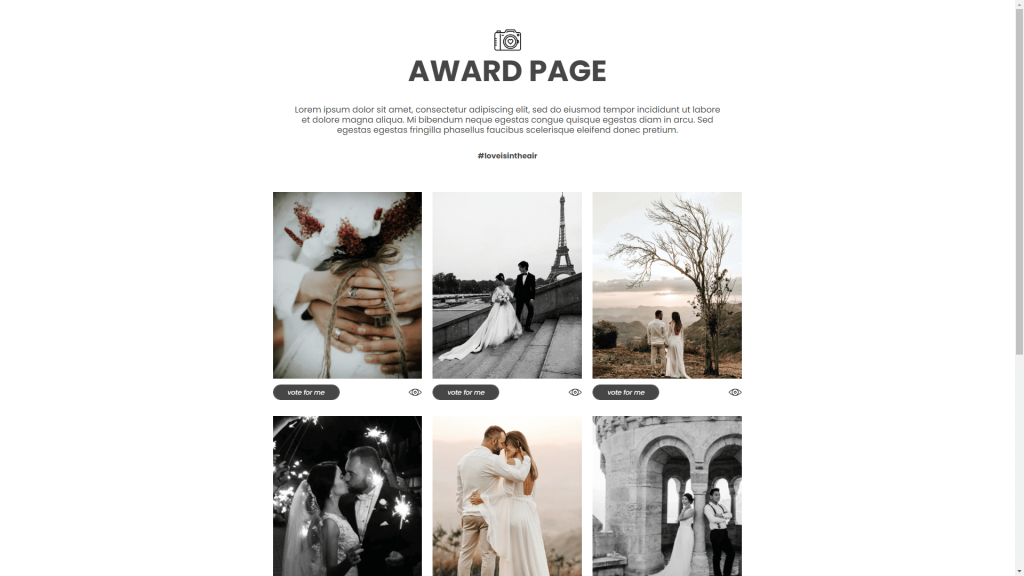
4. Brand Preference
This is the point where consumers actively choose your brand over others. They don’t just know you now, they want you.
Brand preference is where the emotional connection gets stronger. Customers resonate with your values, your voice, and your overall vibe.
Here’s where you can offer personalized Product Recommenders that tailor suggestions to the user’s needs. Not only do these tools build a sense of connection, but they also make decision-making easier.
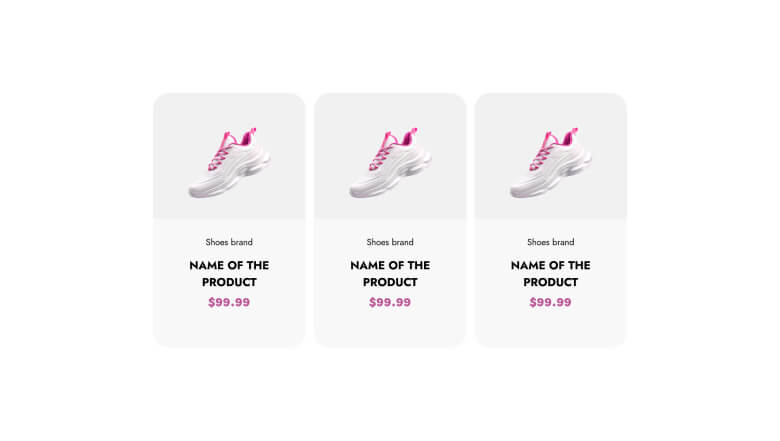
Some stats you can consider:
- 73% of Gen Z are willing to pay more for eco-friendly brands.
- 75% of all consumers care about inclusion and diversity when buying.
- 82% of emotionally connected customers will buy, vs. 38% who aren’t connected.
These guided selling examples are pure ecommerce genius.
5. Brand Advocacy
Now we’re at the top tier. Brand advocacy happens when your customers voluntarily promote your brand.
This is your brand awareness strategy doing its absolute best work. Loyal customers become your marketers, organically spreading the word.
Encourage shareable content experiences like Marketing Games, contests, or a loyalty reward program. Anything that gives value while encouraging social sharing is gold here.
Here’s what makes advocacy important:
- 77% of consumers prefer shopping with brands they follow on social media.
- 88% of Gen Z trust a brand more if it has a strong social media presence.
- Customers with a brand connection are 3x more valuable long-term.
Take Watsons Singapore, for example. They swapped out the traditional stamp collection system for a digital version that works right on your phone. No more physical cards needed, just a seamless way for users to collect stamps through their smartphones.
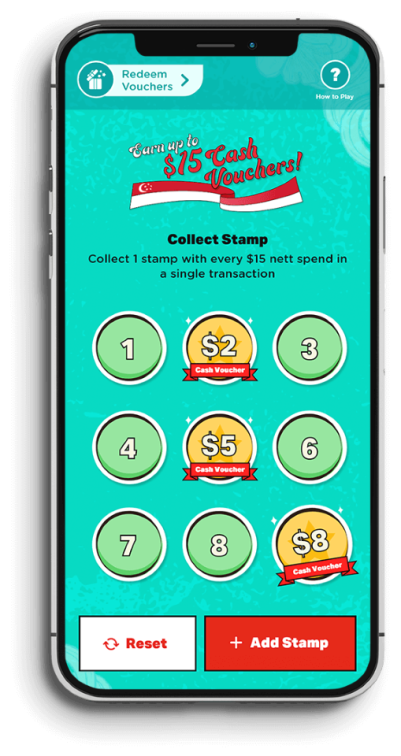
How to Build Brand Awareness with Interactive Content
Now that you know the five types of brand awareness, let’s talk action. How do you start building brand awareness especially if you’re starting from scratch or trying to grow faster?
Interactive Content is one of the most effective (and enjoyable) ways to get noticed and remembered. Here’s how to use it strategically:
- Start with visual consistency: Make sure your Interactive Experiences are fully branded like logos, colors, fonts, voice.
- Map content to awareness stages: Create different experiences for different types of awareness. A product match quiz helps with preference. A customer success slider? Trust.
- Use personalization: The more relevant your Interactive Content feels, the more likely it is to stick. Even a simple name field or tailored result boosts engagement.
- Promote where your audience is: Social media, email campaigns, or even QR codes on print materials can drive people to your interactive experiences.
- Measure and refine: Interactive Content gives you rich data. Use it. Track clicks, completions, time spent then iterate.
The goal isn’t to just “go viral”—it’s to make each interaction count, build trust, and create brand moments people remember. We’ve been seeing more and more brands shift toward interactive websites and honestly, it makes sense. They’re way more engaging and leave a stronger impression. Here’s a post we wrote that breaks it all down.
Why Interactive Content Builds Brand Awareness That Lasts
Interactive Content works because it checks all the boxes:
- It encourages engagement instead of passive scrolling
- It’s memorable because people learn by doing
- It generates data you can use to further personalize the customer journey
- It increases time spent on your site, improving SEO
Plus, it’s way more fun. And people remember fun.
Final Thoughts: A Smarter Way to Grow Brand Awareness
Understanding the different types of brand awareness helps you shape smarter marketing campaigns that connect at every level. From getting noticed to getting chosen, each type plays a role in growing a memorable, high-performing brand.
And with Interactive Content, you’re not just talking at your audience—you’re talking with them.
Want to see how easy it is to launch awareness-building experiences?
Explore our marketplace with over 300+ interactive templates and start building brand awareness that actually sticks.
